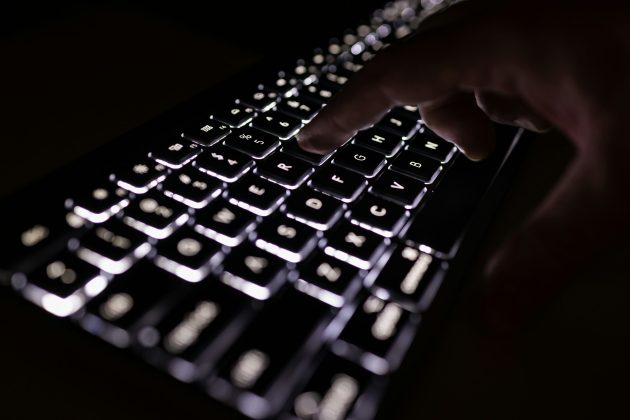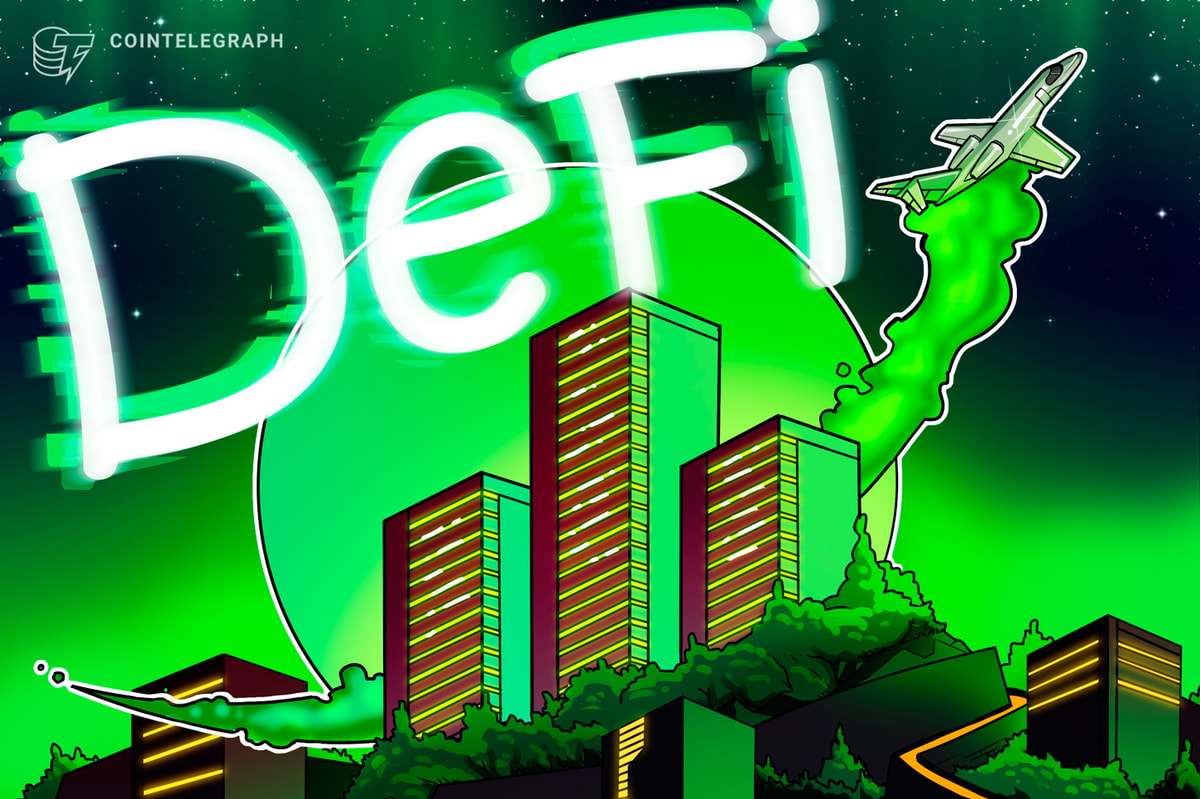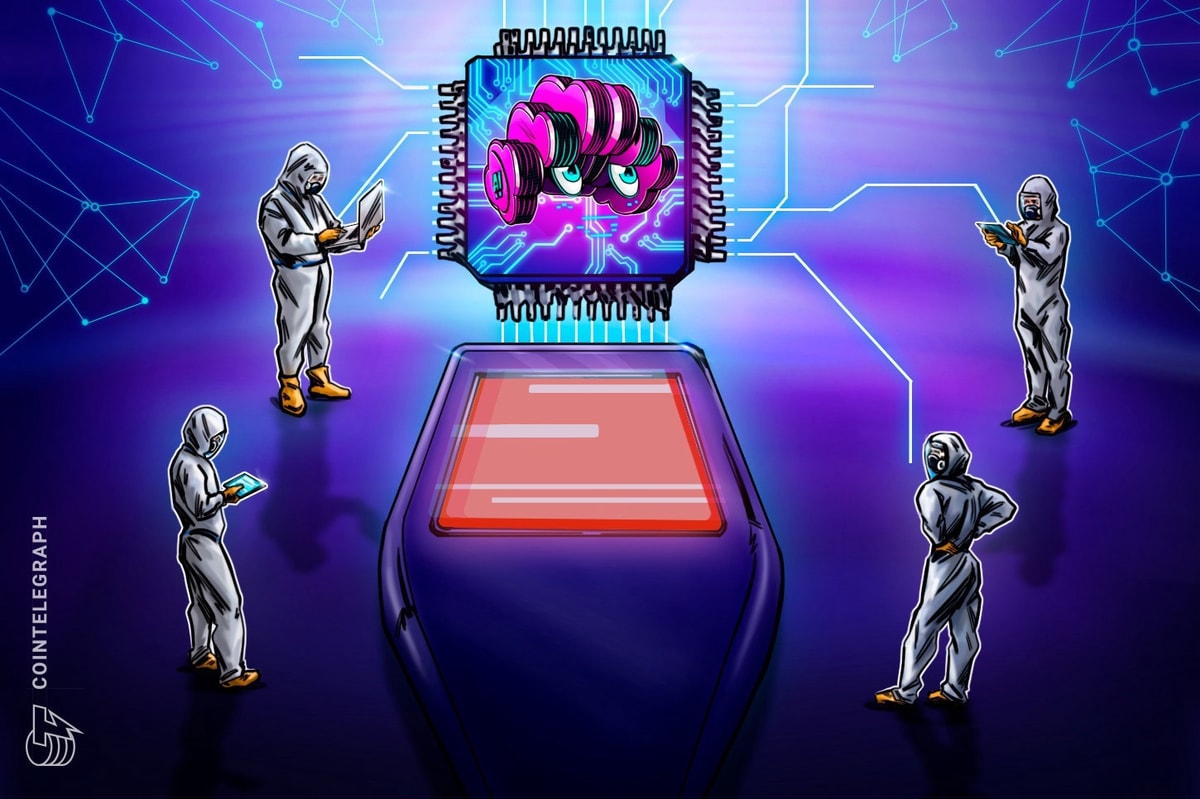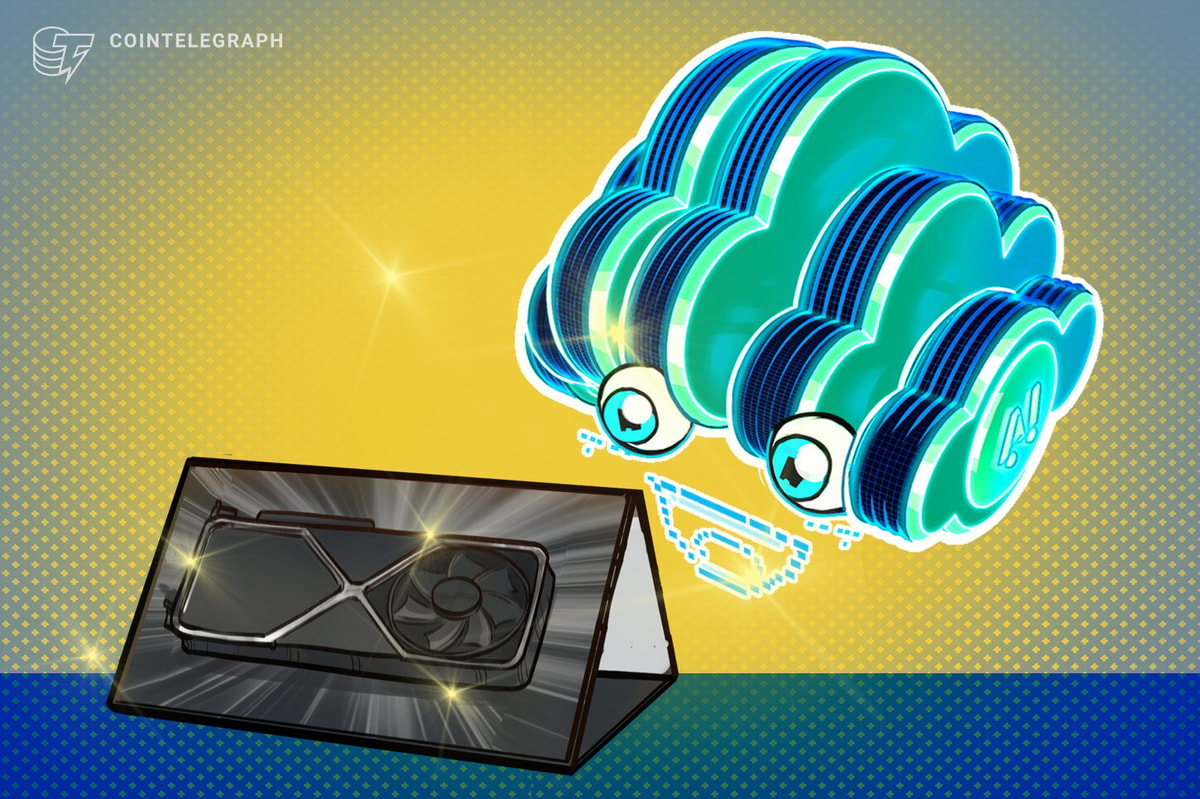Imagine conjuring up any image a mind desires, from a hyperrealistic portrait of a moon-dwelling astronaut to a whimsical watercolor of cats playing chess in a zero-gravity library. This is the magic of generative AI for images, a technology that has transformed the landscape of visual creation in just a few years.
The evolution of image creation using generative AI
The seeds of image creation via generative AI were sown in the 1970s with pioneering models like Harold Cohen’s Aaron, which used simple rules to create abstract art. Artificial intelligence (AI) has had its fair share of history and has advanced through the decades, with neural networks gradually learning to capture the complexities of real-world images. However, it wasn’t until the mid-2010s that the field truly exploded.

In 2014, generative adversarial networks (GANs) emerged, pitting two neural networks against each other: a generator that created images and a discriminator that tried to distinguish them from real photos. This adversarial training pushed the boundaries of realism, paving the way for models such as StyleGAN2, which could generate photorealistic images and manipulate existing ones by changing their style.
Key players in the generative AI arena
The following players dominate the generative AI landscape for images:
OpenAI’s Dall-E 2 and Dall-E 3
These models are renowned for their ability to generate stunningly realistic and surreal images based on textual prompts. Their outputs often evoke a sense of dreamlike wonder, instigating exploration and artistic expression.
Google AI’s Imagen
This model excels at generating images that adhere to specific visual styles, making it ideal for tasks like concept art creation and graphic design. It can also incorporate elements of existing photographs into its outputs, offering a unique blend of realism and artistic freedom.
Midjourney
This platform offers a user-friendly interface and focuses on the artistic interpretation of textual prompts. Its outputs tend to be more abstract and painterly, often leaning toward a surreal or fantasy aesthetic.
DreamStudio (Stable Diffusion)
This open-source platform grants users a high degree of control over the image generation process. They can adjust various parameters and settings to fine-tune the model’s output, making it ideal for those who want a more hands-on creative experience.
The explosive growth of generative AI in image creation
The market for generative AI for images is experiencing explosive growth. According to a 2023 report by Grand View Research, the global market size is expected to reach $3.44 billion by 2030, with a compound annual growth rate (CAGR) of 32.4%. This surge is driven by increasing demand for visual content, advancements in AI technology and the growing accessibility of user-friendly platforms.

In the first half of 2023, the generative AI for art space saw a significant surge in investments, attracting over $5 billion, according to a report by CB Insights. This represents a substantial portion of the overall AI investment landscape, highlighting the growing interest and potential in this field. The trend shows no signs of slowing down, fueled by the likes of Microsoft’s $10-billion OpenAI deal and Amazon’s $4-billion Anthropic investment.
The evolution of generative AI in image creation is swiftly erasing the boundaries between human and machine creativity. With advancing technology, we anticipate more sophisticated models adept at grasping intricate prompts, producing diverse artistic styles and fostering collaboration.
Step-by-step guide to creating images with Dall-E 3
Dall-E 3 remains one of the most sought-after generative AI models due to its exceptional image quality and creative potential. Here’s a step-by-step guide to using it:
Step 1: Join the Dall-E 3 waitlist on OpenAI
Currently, Dall-E 3 is in closed beta, accessible only through a waitlist system. Users can register for the waitlist on OpenAI’s website.
Step 2: Craft detailed image prompts
Once granted access, users can craft a clear and concise textual prompt describing the image they want to generate. Users will need to be specific about details like composition, style and lighting. The more descriptive the prompt, the better the model can understand the user’s vision.
Example prompt: Generate an image portraying a mythical landscape where blockchain-powered tokens are the life force, with intricate designs symbolizing secure and transparent financial ecosystems.

Step 3: Explore multiple image variations
Dall-E 3 allows users to generate multiple variations of the image based on the initial prompt. Users can refine their prompt or use the “Outpainting” feature to add additional details to their generated image.
Step 4: Download images within usage guidelines
Once users are satisfied with an image, they can download it in various formats for further use. It is worth noting that users must adhere to OpenAI’s usage guidelines regarding commercial and non-commercial applications.
Are Dall-E images free for commercial use?
OpenAI lays down the content policy and terms that users must abide by regarding the commercial use of the images produced by Dall-E. Generally, an individual owns the images they create using Dall-E.
This ownership includes the rights to reprint, sell and utilize these images for merchandising, regardless of whether the images were generated through free or paid credits.
How Dall-E credits work
A Dall-E credit is a unit OpenAI uses to quantify and manage the usage of the Dall-E image generation system. Users are offered these credits to use Dall-E to create images.
There are two types of credits:
Free credits
OpenAI often provides users with free credits, primarily upon signing up or as part of promotional offers. These credits allow users to generate images without any cost. Early adopters who signed up for Dall-E before April 6, 2023, were eligible for free credits.
These credits expire one month after issuance and are replenished monthly. For instance, if the credits were received on Dec. 19, they would be refilled on Jan. 19. For those joining on the 29, 30 or 31 of any month, their free credits refill on the 28 of each subsequent month.
Paid credits
Once the free credits are exhausted, users can purchase additional credits to continue using Dall-E. These paid credits are typically bought in packages or bundles. One can purchase Dall-E credits by clicking on the “Buy Credits” button, which is located on their account page or in the dropdown menu under their profile photo.
The pricing and the number of images that can be generated per credit are determined by OpenAI and may vary over time or across different user tiers.
How much does it cost to use Dall-E?
The cost of using Dall-E varies depending on the user’s chosen usage plan. OpenAI provided a set number of free credits upon signing up, which could be used to generate a limited number of images. Once these free credits are exhausted, users have the option to purchase extra credits in batches of 115 generations for a price of $15.
For Dall-E 3, standard-quality images at 1024×1024 resolution cost $0.04 per image, and at 1024×1792 or 1792×1024 resolution, they cost $0.08 per image. The HD quality images at 1024×1024 resolution are priced at $0.08 per image, and at larger resolutions of 1024×1792 or 1792×1024, the cost is $0.12 per image. Dall-E 2 offers images at 1024×1024 resolution for $0.02 per image, at 512×512 for $0.018 per image, and at 256×256 for $0.016 per image.
How to use AI art generators ethically
Ethically sourcing images from AI art generators like Dall-E involves adhering to the AI service’s terms of use, respecting intellectual property by avoiding the generation of copyrighted or trademarked content, and ensuring privacy by not creating images of private individuals without consent.
Considering the moral ramifications of image requests and avoiding anything that can offend, damage or reinforce stereotypes is critical. AI-generated photos should only be used when suitable, particularly when authenticity is required.
Staying informed about policy updates and acknowledging their impact on artists and creatives is also essential. When necessary, proper attribution for AI-generated images should be provided.











